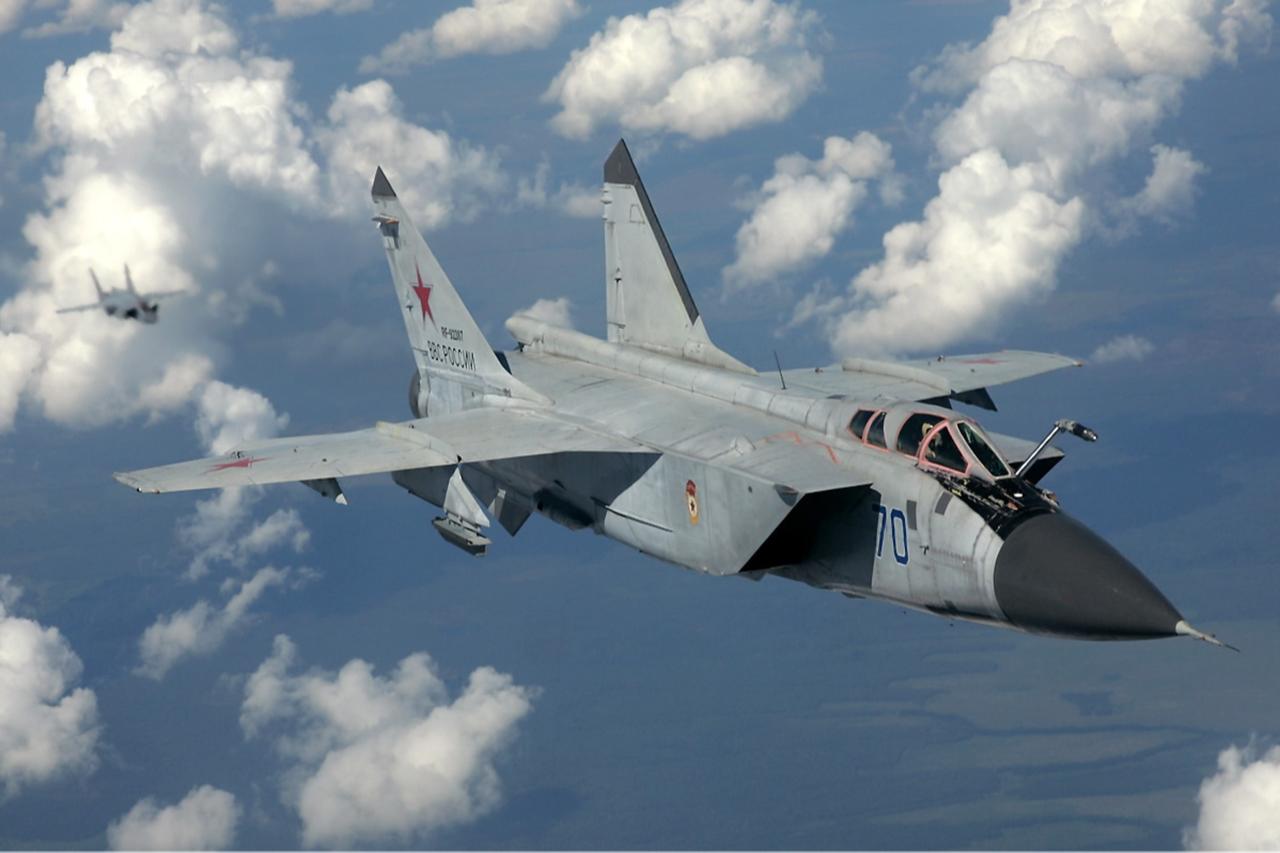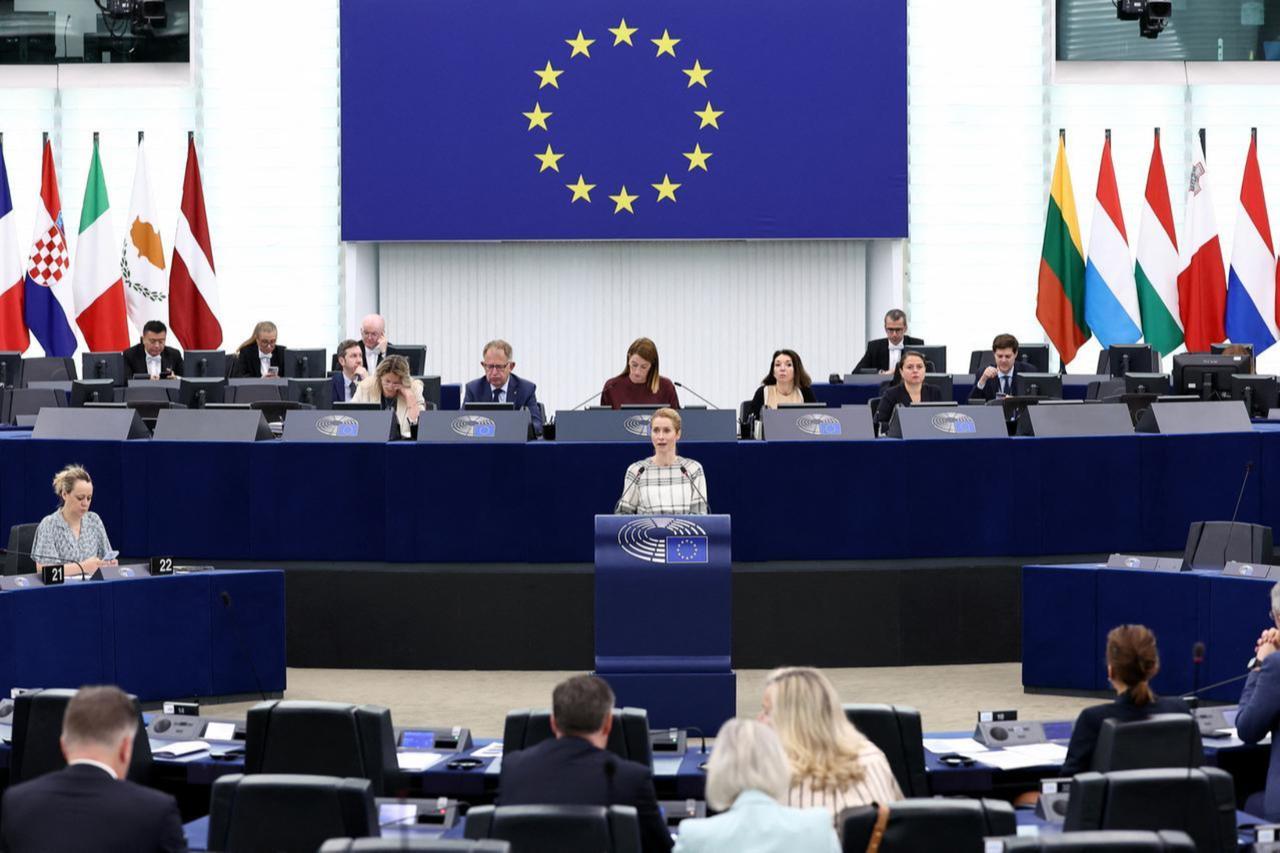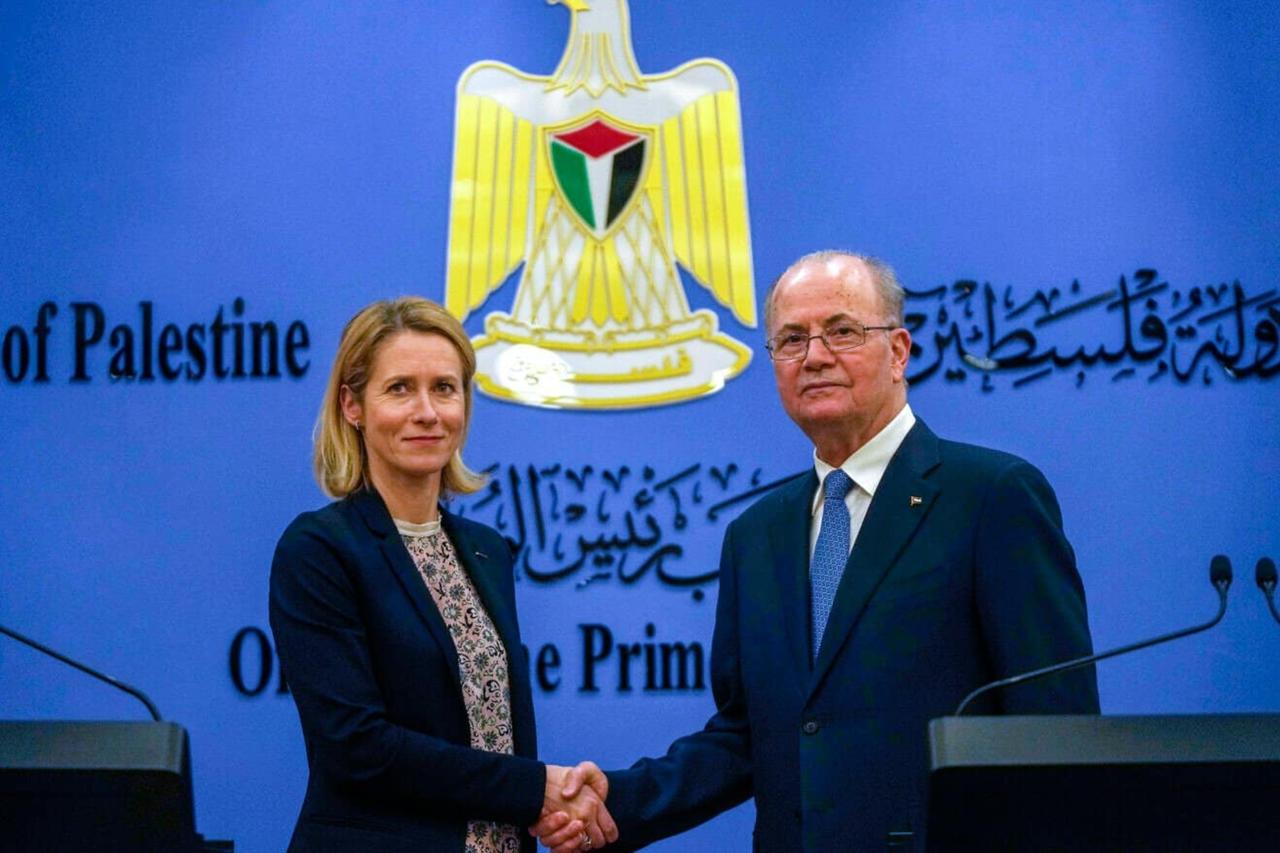
European Union leaders will discuss a coordinated response to Russian airspace violations during their Oct. 1 meeting, the bloc's council president announced Friday, as three Russian fighter jets breached Estonian territory in the latest escalation along NATO's eastern frontier.
Three Russian MiG-31 fighter aircraft entered Estonian airspace over the Gulf of Finland near Vaindloo Island without permission Friday, remaining for approximately 12 minutes according to Estonian defense forces. The aircraft operated without flight plans, switched off their transponders, and maintained no radio contact with Estonian air traffic control.
Italian F-35 fighters operating under NATO's Baltic air defense mission quickly responded to intercept the Russian aircraft and escort them from the area. Italy assumed command of Operation Baltic Eagle III in August, taking responsibility for monitoring Baltic airspace as part of the alliance's collective defense framework.
"Three Russian fighter MiG-31 entered Estonian airspace in the Vaindloo Island area without permission, and remained there for approximately 12 minutes," the Estonian defence forces said. "The fighter jets did not have flight plans, and their transponders were switched off. At the time of the airspace violation, the fighter jets did not have two-way radio communication with Estonian air traffic control."

The incident marks the fifth time this year that Russia has allegedly violated Estonian airspace, representing what officials described as an unprecedented escalation in provocative behavior along NATO's eastern frontier.
"Russia has already violated Estonia's airspace four times this year, which in itself is unacceptable. But today's incursion... is unprecedentedly brazen," Estonian Foreign Minister Margus Tsahkna said. He added that "Russia's increasingly extensive testing of boundaries and growing aggressiveness must be met with a swift increase in political and economic pressure."
NATO spokesperson Allison Hart characterized the breach as "yet another example of reckless Russian behaviour and NATO's ability to respond."
EU foreign policy chief Kaja Kallas, Estonia's former prime minister, condemned the airspace breach as an "extremely dangerous provocation" that "further escalates tensions in the region." European Commission President Ursula von der Leyen warned that "as threats escalate, so too will our pressure," speaking hours after presenting a 19th sanctions package targeting Moscow over the Ukraine conflict.

The violation comes amid heightened tensions along the alliance's eastern border. Last week, Poland reported that approximately 20 Russian drones crossed into its territory, leading to joint scrambling of Polish, Italian, and Dutch fighter jets. Some of the drones were shot down during the response.
Previous Estonian airspace violations this year included a Russian MI-8 helicopter breach near the same Vaindloo Island area in early September, along with similar incidents in May and June involving aircraft operating without proper identification or communication protocols.
Sweden's Prime Minister Ulf Kristersson noted the incident "illustrates the seriousness of the Russian threat to European security and the fact that our and NATO's readiness is constantly being tested."
The UK, Germany and France have announced plans to enhance joint air patrols with additional aircraft stationed along NATO's eastern periphery as the alliance adapts to what officials describe as Russia's systematic testing of Western air defenses during its ongoing conflict in Ukraine.
Estonia has summoned Russia's charge d'affaires to receive a formal diplomatic protest over Friday's violation. Moscow had not issued an immediate response to the allegations by late Friday.
The timing of Friday's incident coincides with increasing military activity across the region as Russia continues fighting its war in Ukraine while frequently testing Western air defenses, according to Estonian officials who complained that the sorties have become more provocative in recent months.